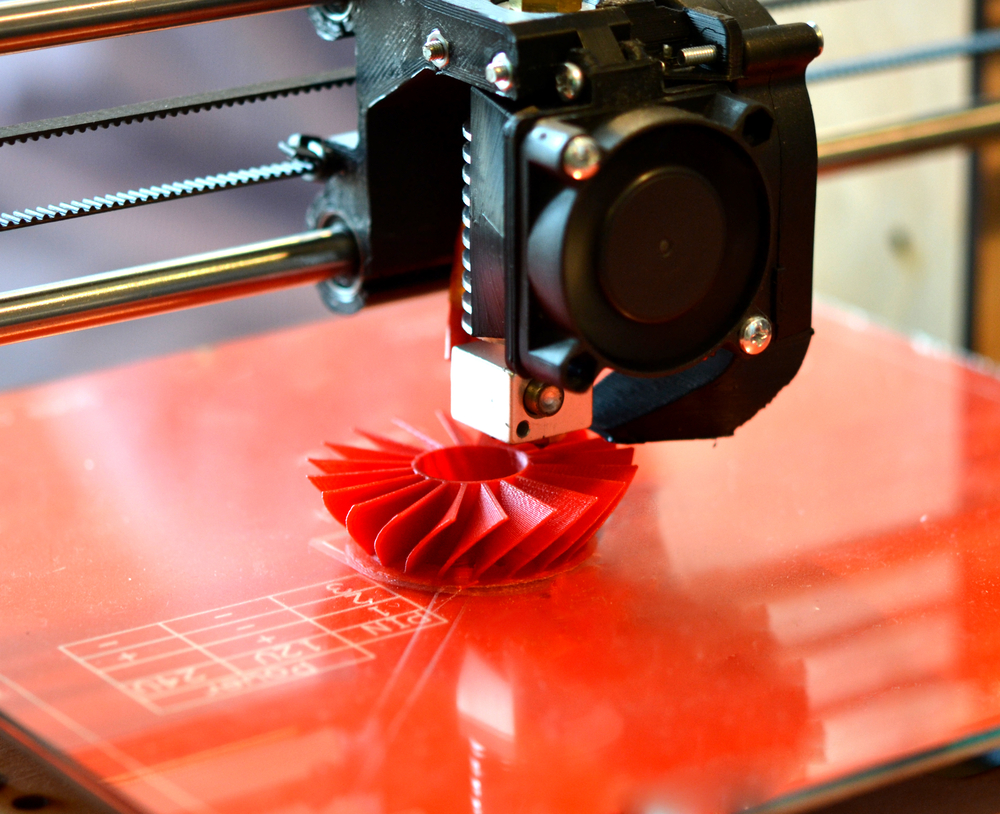Designer Partners with 3D Printer to Build Custom Exoskeleton for Kids with SMA

A designer trying to manufacture a custom-fitting exoskeleton for children with spinal muscular atrophy (SMA) has partnered with the 3D printing company Sinterit.
According to a 3D Printing Industry news story, Bartłomiej Gaczorek began the exoskeleton project after getting a call from a parent of a child with SMA asking for his help. At that point, the family had tried different 3D-printed designs for their 3-year-old son, but none had been successful.
Gaczorek said a key criterion for the design was comfort, which should remain paramount throughout the piece’s conception. Cost of production came after, as well as the reliability of the design and materials used.
Taking these criteria into account, Gaczorek came up with an exoskeleton arm after considering other supportive devices on the market and after consulting with patients and physiotherapists who know the condition.
The exoskeleton arm was designed using one particular award-winning 3D design software called Fusion 360 and then printed using Sinterit’s Lisa desktop selective laser sintering (SLS) 3D printer.
“I decided to print main elements in SLS technology because it is able to print complex internal structure,” Gaczorek said. He added that an important factor was the comfort of the user, which is “much better” with the SLS technology.
The way Gaczorek engineered the exoskeleton made it significantly cheaper than its industrial alternative, and his model has now been used by three children with SMA. He hopes the exoskeleton will eventually be available in countries everywhere.
SMA can severely limit the lives of young children who experience a loss of movement in limbs due to nerve degeneration. But recent advances in exoskeleton technology have offered new hope that kids with SMA can find the support they need to remain healthy and active until a cure is found.
Last year, Marsi Bionics researchers successfully designed a prototype of the world’s first assistive exoskeletons designed to enhance mobility for children with SMA.
The prototype weighed 26 pounds and was primarily made of the lightweight metals aluminium and titanium to help children walk, some for the first time. The exoskeleton was developed to be used as a physiotherapy device in hospitals to help prevent the effects associated with loss of mobility in SMA.
One year after the first exoskeleton became available for children with SMA, it is now possible to print a three-dimensional prototype. The pace is accelerating in the field of exoskeletons. Don’t forget to subscribe to our SMA News Today newsletter to learn all about the latest developments.







